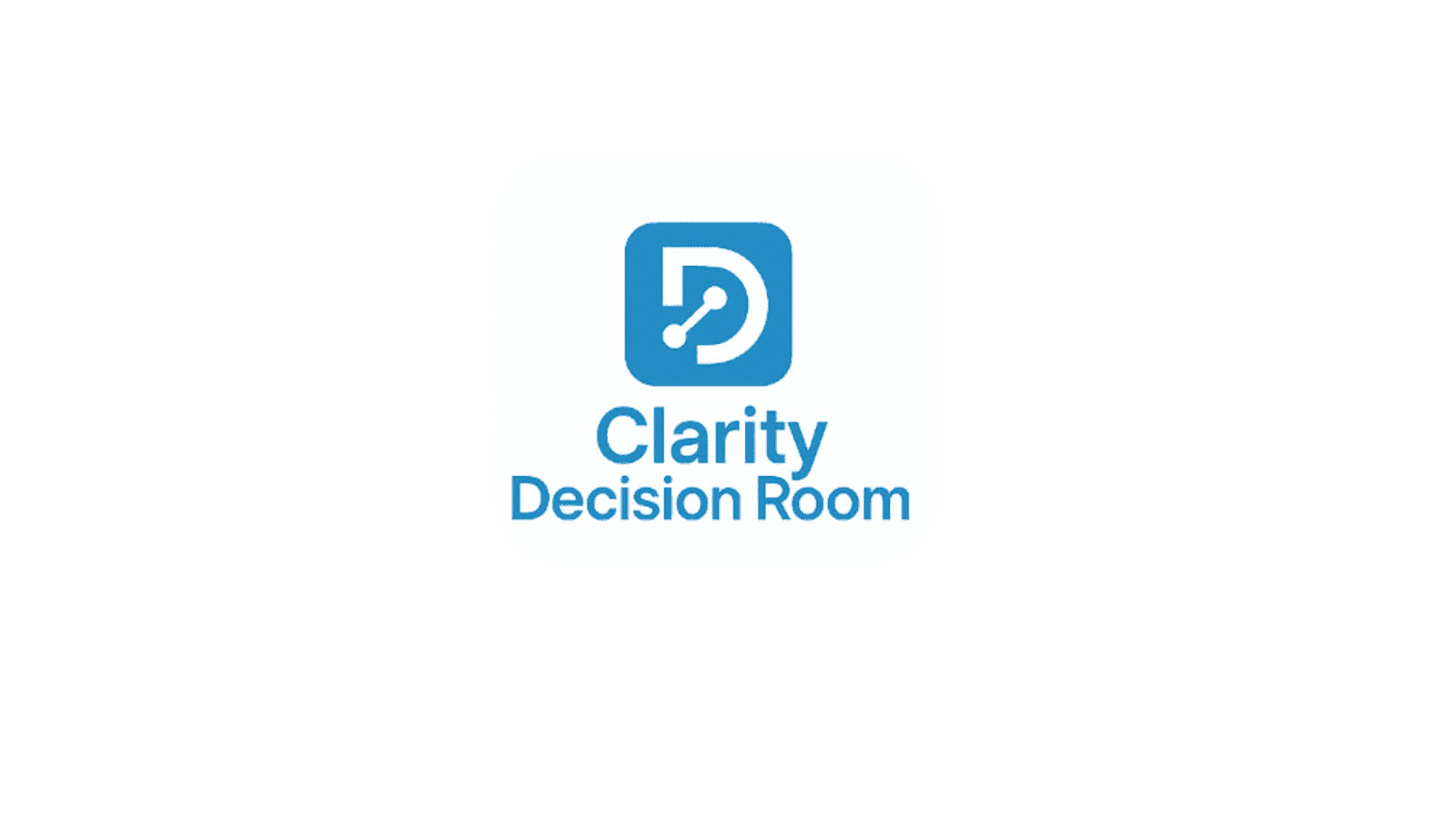The best leaders? They don’t fear failure—they welcome it as part of the journey.
There’s no such thing as smooth sailing in life—or business. No matter how great your product or how happy your customers are, you're still at the mercy of outside forces. Customers face their own challenges, economies shift, policies change—and suddenly, your bottom line takes a hit.
You can’t control every external factor. But what you can control is how you respond. That’s where resilient decision-making comes in.
Being resilient doesn’t mean avoiding setbacks. It means knowing how to take the hit and keep going—smarter, stronger, and more prepared for the next wave.
At its core, resilient decision-making blends three key things:
1. Mental readiness – keep a calm mind.It’s easier said than done, but absolutely doable. When stress hits, your body and brain need space to reset. I’ve found that taking just two minutes to stop, breathe, and release tension in my face and shoulders makes a huge difference. During that time, I picture myself floating on the ocean in a pool chair—completely still, without a care in the world. I wrap up with two deep breaths, and then I’m back, ready to tackle whatever’s next. It’s simple, but it’s a game-changer.2. Strategic flexibility – stretch your limits.I often joke that I’m good at stretching people—because I constantly ask them to step into something new. But in tough moments, that stretch is where growth happens. Resilient decision-makers know there’s always more than one way to solve a problem. When the path ahead looks blocked, creativity becomes your best asset. Flex your thinking to see possibilities others can’t. In uncertainty, innovation is your edge.3. Speed to adapt – stay alert and act fast.These days, I wake up wondering what changed while I was sleeping. That’s why I’ve set up Google Alerts and subscribed to business digests—I want to spot shifts before they hit my customers. The faster I notice a pattern, the faster I can help them adjust. In this environment, we can’t afford to wait around. Sometimes, you’re not just reacting to information—you’re the one transmitting it, helping others move. Resilience means being both fast and forward-thinking.
Sometimes, we experience setbacks because we made bad decisions.
Ouch, right? But that’s the hard truth.
Maybe we waited too long to act, played the “wait and see” game, and the market moved without us. It happens. But right now, some decision-makers are stuck in anxiety and second-guessing. They’ve lost confidence in their ability to choose—and that’s dangerous.
Here’s what they’re forgetting: decisions aren’t made in a vacuum. You can always bring in more perspectives. You’re not alone, and you’re definitely not the first person to make a bad call. I haven’t met a single person—leader, founder, executive—who hasn’t made at least one bad decision.
The key is what you do next: refine your position, mitigate the losses, and move on. Because setbacks don’t define your success. How you respond to them does.
The truth is, resilience isn’t about avoiding failure; it’s about cultivating the ability to move through it—learning, adjusting, and moving forward.
Here’s how to put it into practice:
Pause before reacting. Give yourself a moment to calm your mind, even in high-stress situations.Lean on others for perspective. Remember, no one has a perfect track record. Surround yourself with diverse viewpoints to make better-informed decisions.Stay agile. The world will keep changing. Those who adapt quickly stay ahead.The best leaders? They don’t fear failure—they welcome it as part of the journey. So the next time you face a setback, ask yourself: “What can I learn from this?” If you can answer that, you’re already on your way to stronger, more resilient decision-making.
